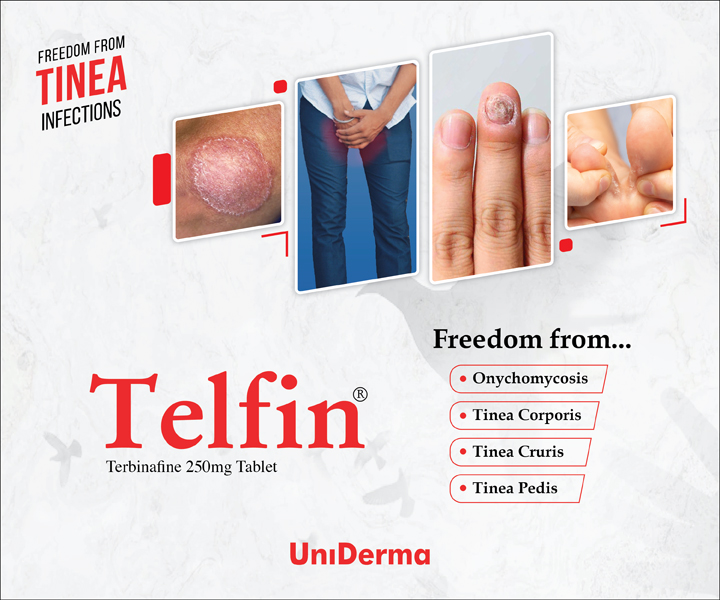Onychomycosis: Practical Approaches to Minimize Relapse and Recurrence
Journal of Drugs in
Dermatology
Toenail onychomycosis is a common disease in which treatment options
are limited and treatment failures and disease recurrence are frequently
encountered.
It usually requires many months of treatment and recurrence
may occur in more than half of the patients within 1 year or more after the
infection has been eradicated.
Recurrence (relapse or re-infection) in onychomycosis is
common, occurring in 10% to 53% of patients. Effective management of
onychomycosis usually requires many months of treatment.
Recurrence can arise 1 year or more after the infection was
eradicated and is commonplace, possibly affecting more than half of the
patients who have been treated successfully.
Managing onychomycosis is a significant long-term commitment
for any patient, and minimizing recurrence is critical to meet their
expectations.
TAKE-HOME MESSAGE
This review article highlights treatment strategies to
minimize onychomycosis recurrence.
Onychomycosis is a progressive disease associated with a
number of clinical sequelae. Successful treatment depends on an accurate
diagnosis and patient adherence to long-term therapy, as well as the
recognition that recurrence is commonplace and will likely require follow-up
treatment.
How Common Is Relapse
or Recurrence of Disease?
A 7-year prospective study of onychomycosis patients who were
successfully treated (mycological and clinical cure) with continuous
terbinafine or intermittent itraconazole showed that recurrence occurred at a
mean time of 36 months after successful treatment.
A meta-analysis of five trials found that relapses (defined
as occurring more than 2 years after the end of therapy) were more common after
treatment with itraconazole (intermittent or continuous) compared to continuous
terbinafine.
The long-term benefits of terbinafine are probably related to
its fungicidal action, compared with the fungistatic action of itraconazole.
While the fungicidal activity of terbinafine may explain this
finding, the difference is often not significant.
What Factors Influence
Recurrence?
It is important for clinicians to know that patients with a
genetic predisposition, the elderly, immunocompromised, and those with diabetes
are more likely to experience re-infection of onychomycosis.
– Family history and occurrence of onychomycosis or tinea
pedis in family members
– Lifestyle including wearing occlusive footwear and moist
environments such as health clubs and swimming pools
– Diabetes was associated with a significantly higher relapse
rate in patients with onychomycosis
– Therapy choice, duration, treatment success, and adherence
– Properties and Types of the infecting fungus
– Environmental conditions and nail injuries
Can Recurrence Be
Prevented with Topical Prophylaxis?
The use of topical antifungal lacquers or solutions to
prevent recurrence of onychomycosis following complete cure has been suggested
by various authors.
Topical prophylaxis once weekly or twice monthly would seem
appropriate in those patients most at risk.
It is possible that a maintenance regimen of topical therapy
may either prevent or reduce recurrence. Data suggest that prophylaxis may need
to be continued for up to three years for optimal effect
Practical Approaches to
Minimize Relapse and Recurrence
– Patient education to improve adherence and recognize early
signs of disease recurrence
– Discarding or disinfecting old footwear and socks
– Clipping nails short
– Keeping feet cool and dry
– Avoiding going barefoot in public places
– Topical antifungal prophylaxis
– Prompt treatment of any tinea pedis, including that of
family members






Comments
You must login to write comment